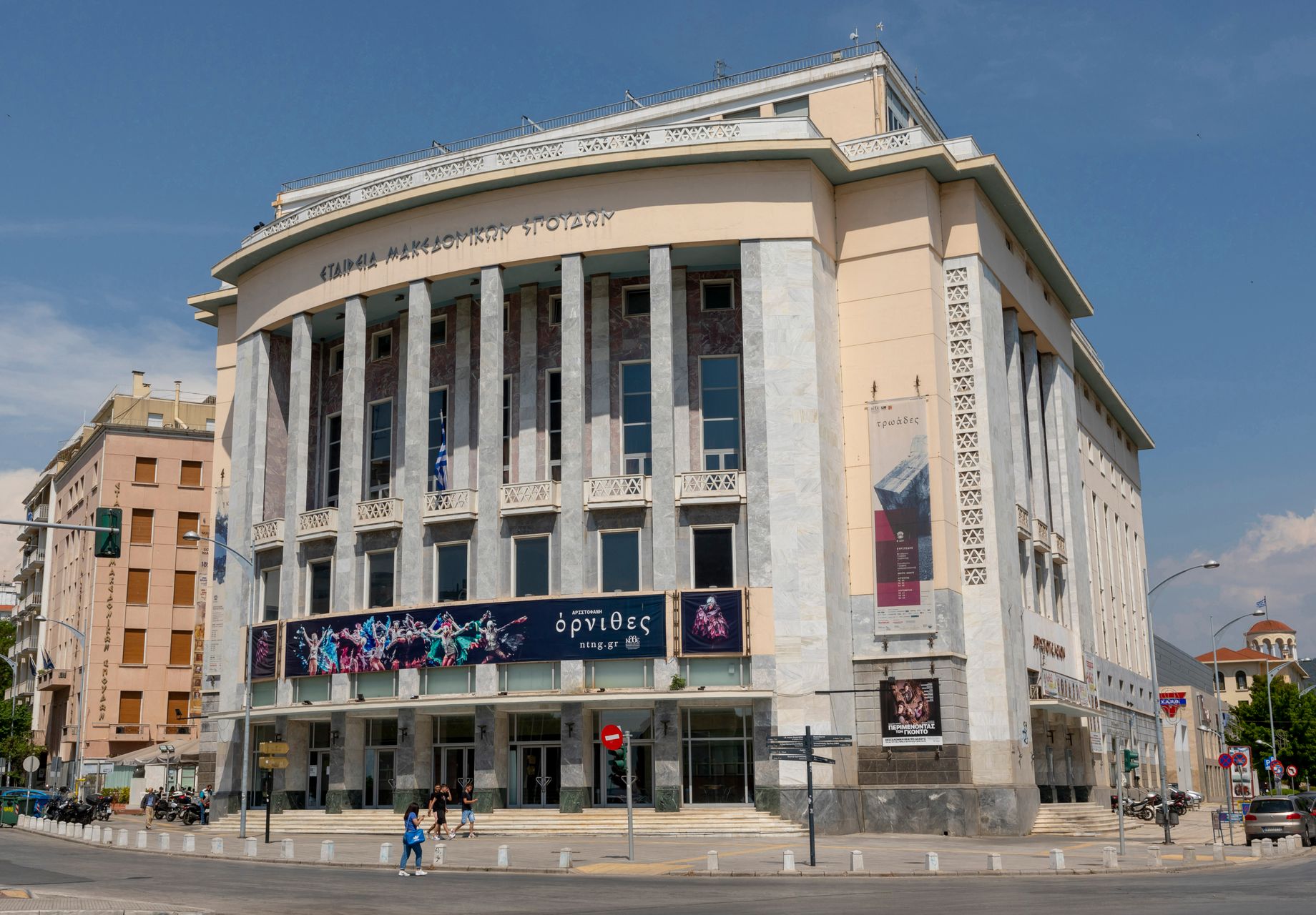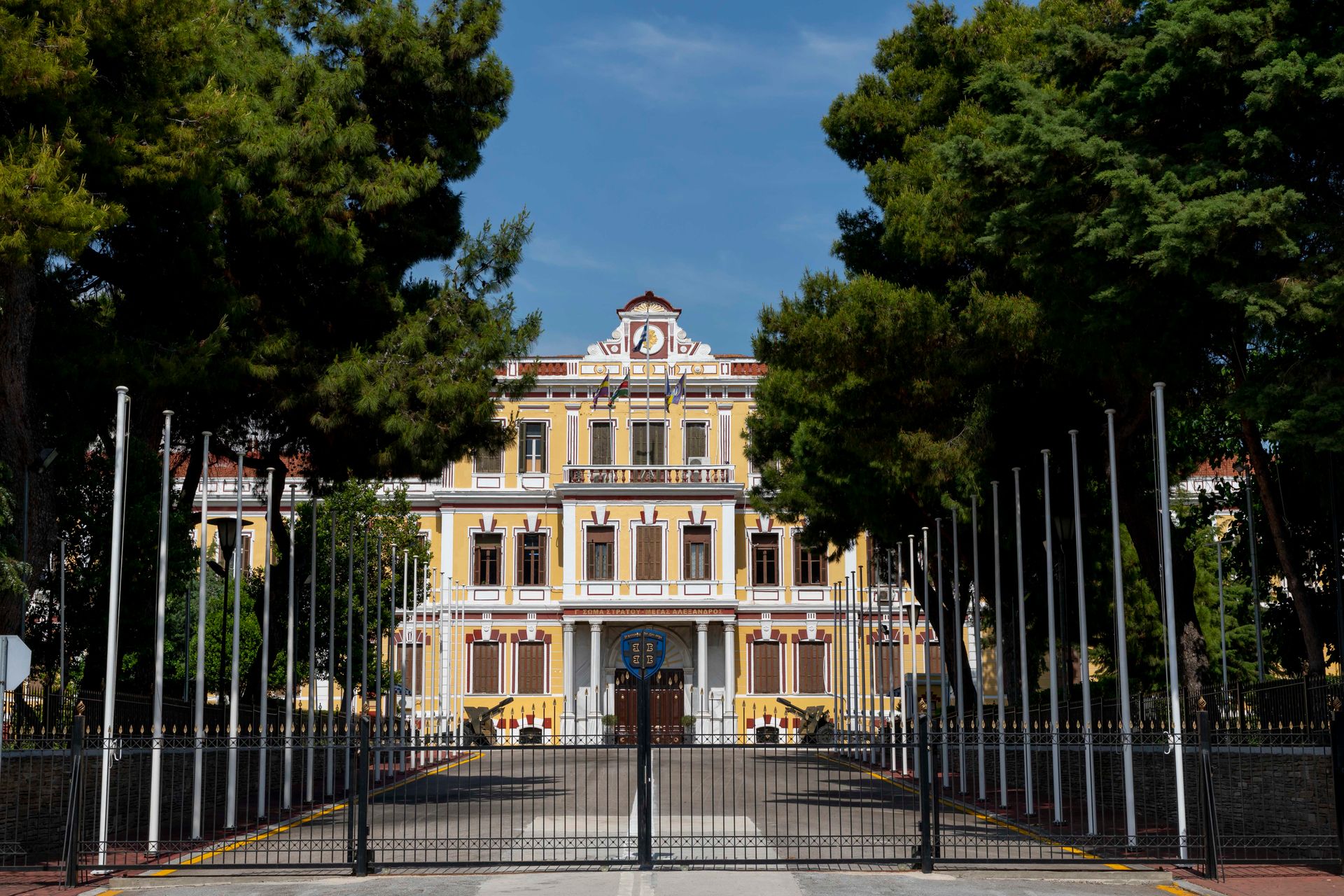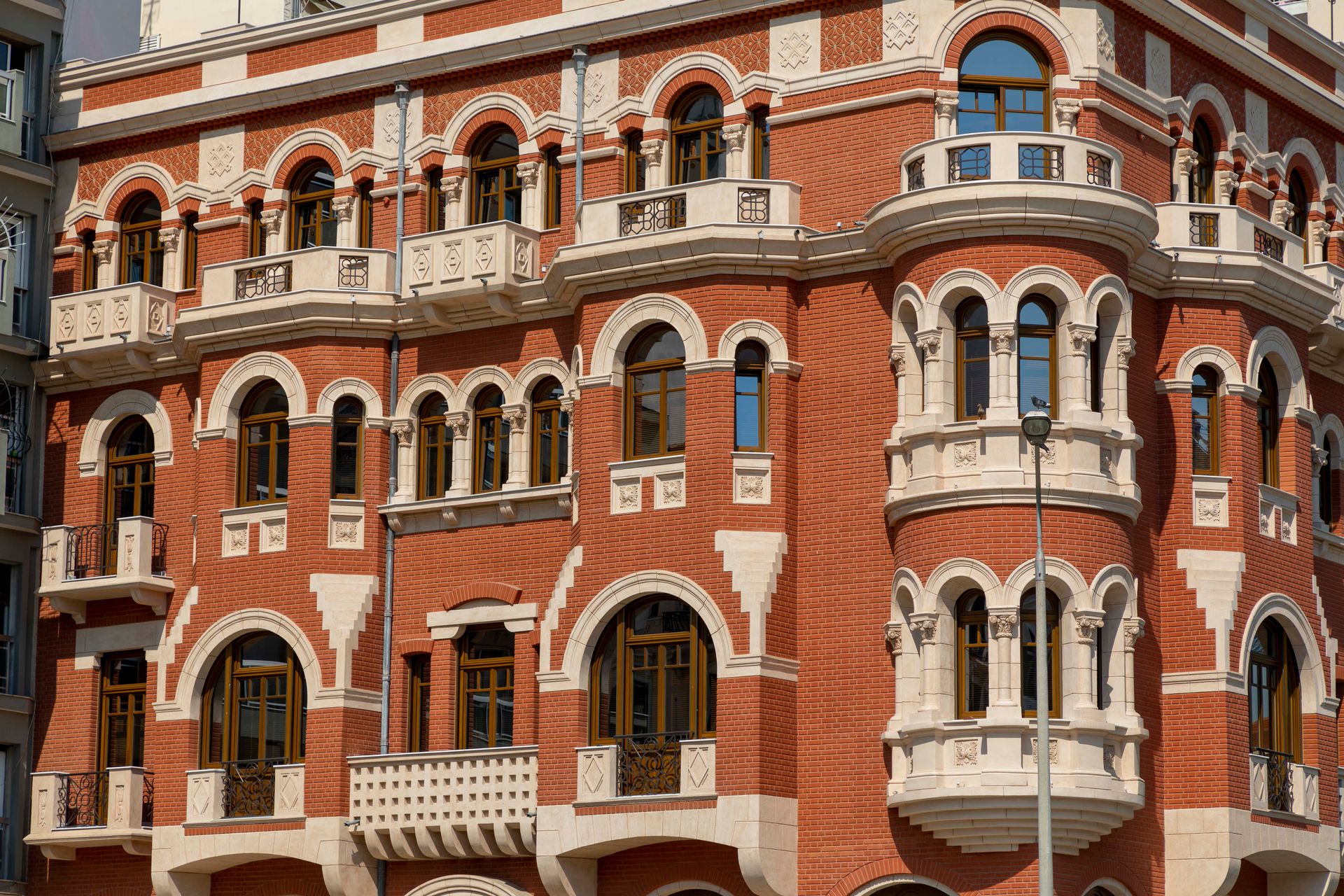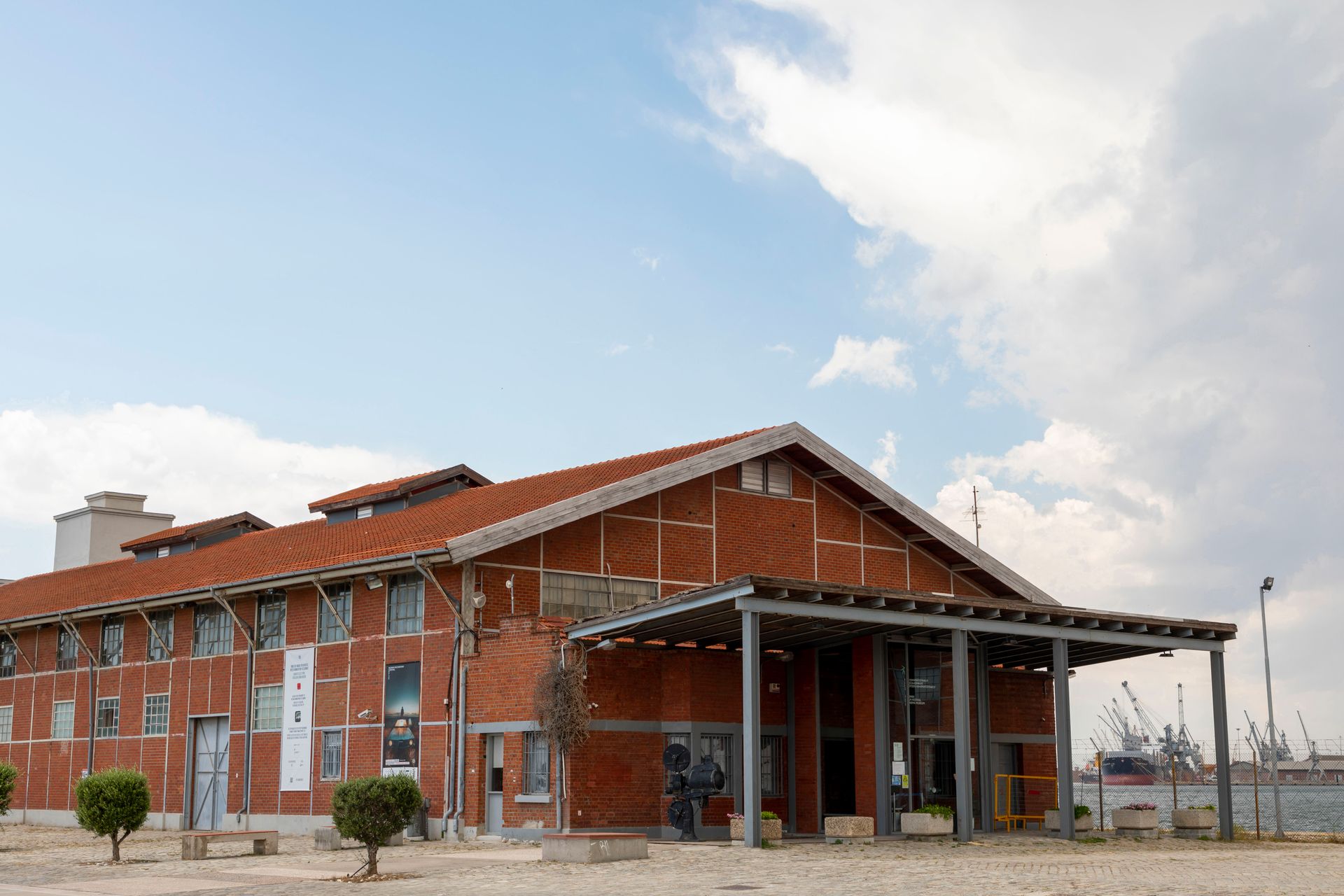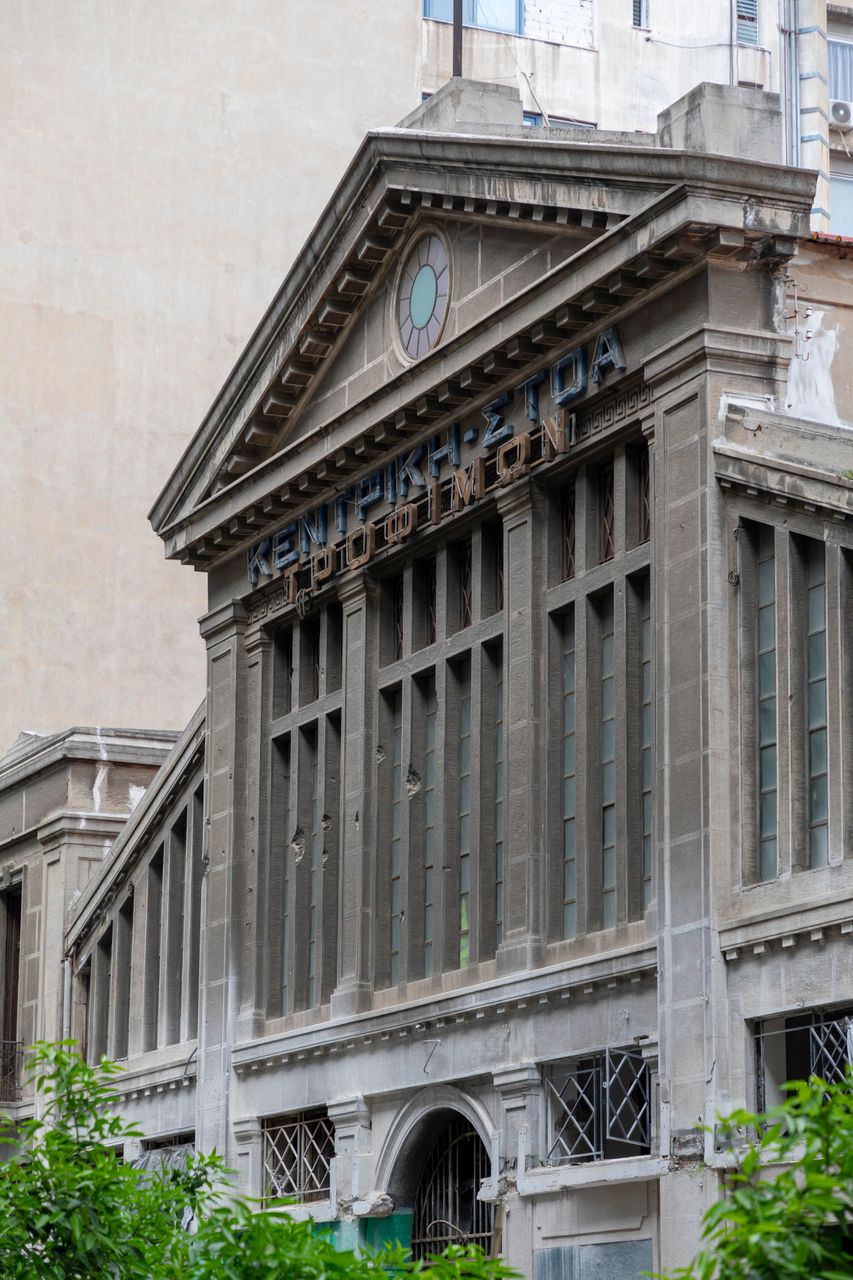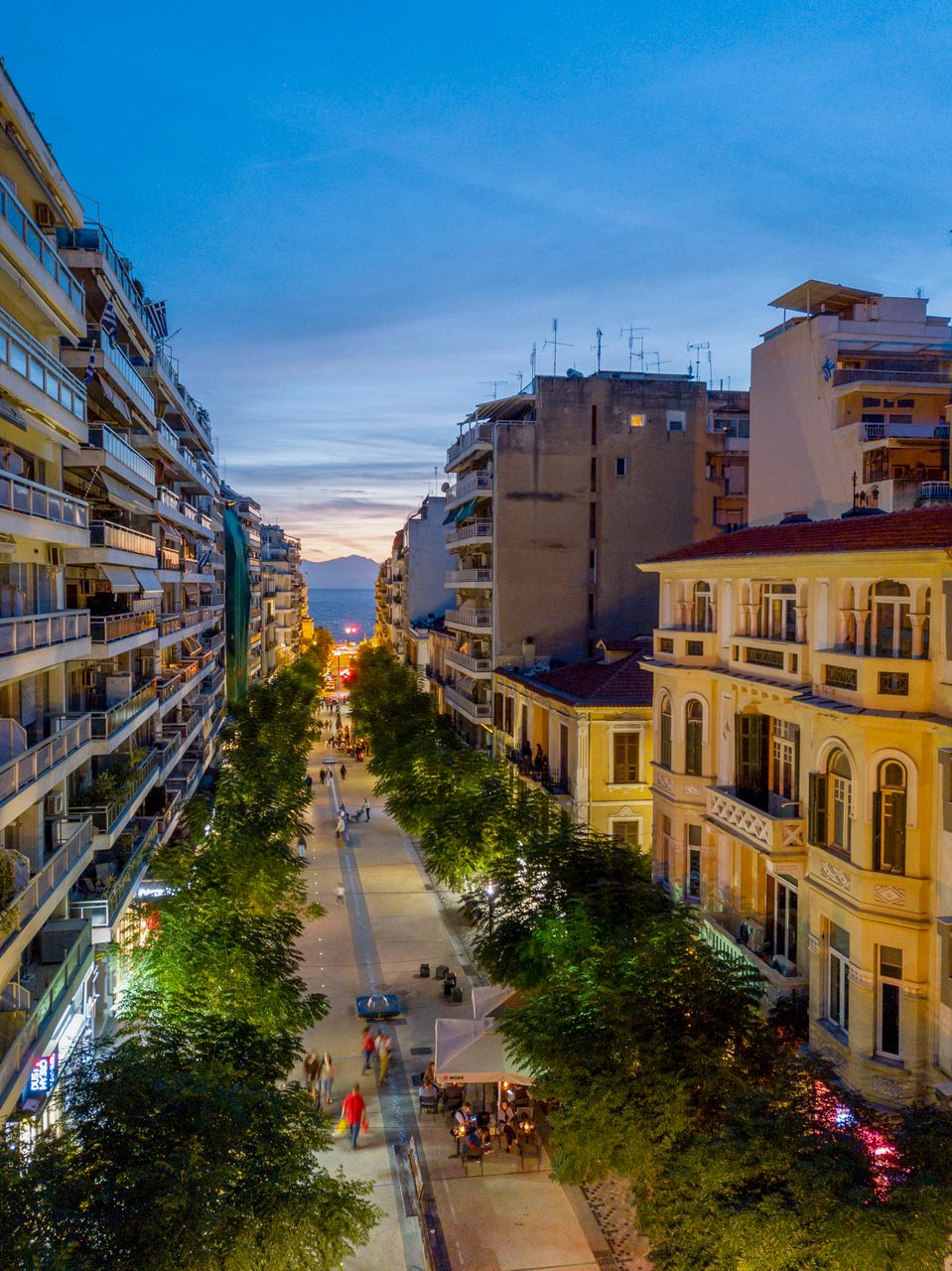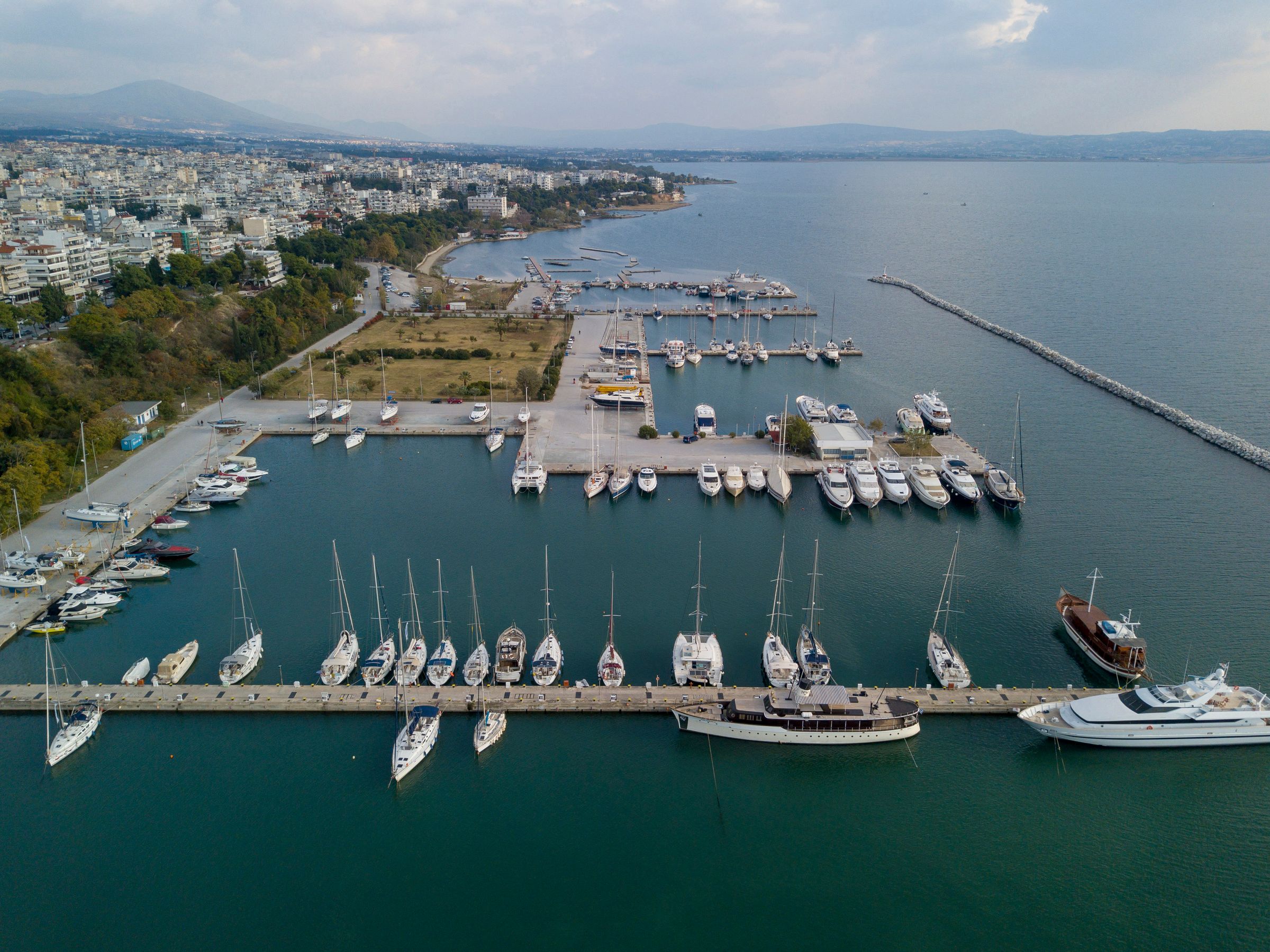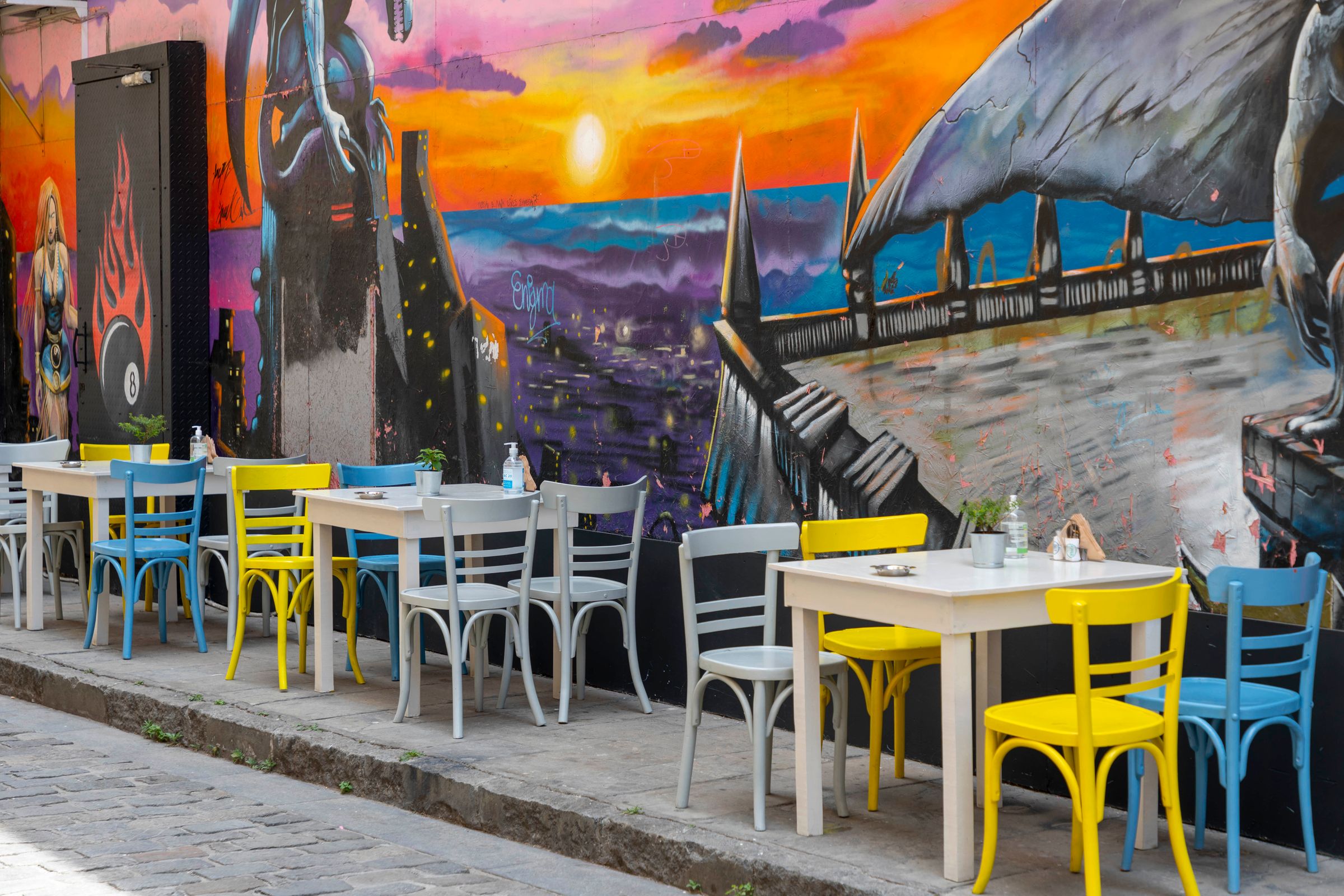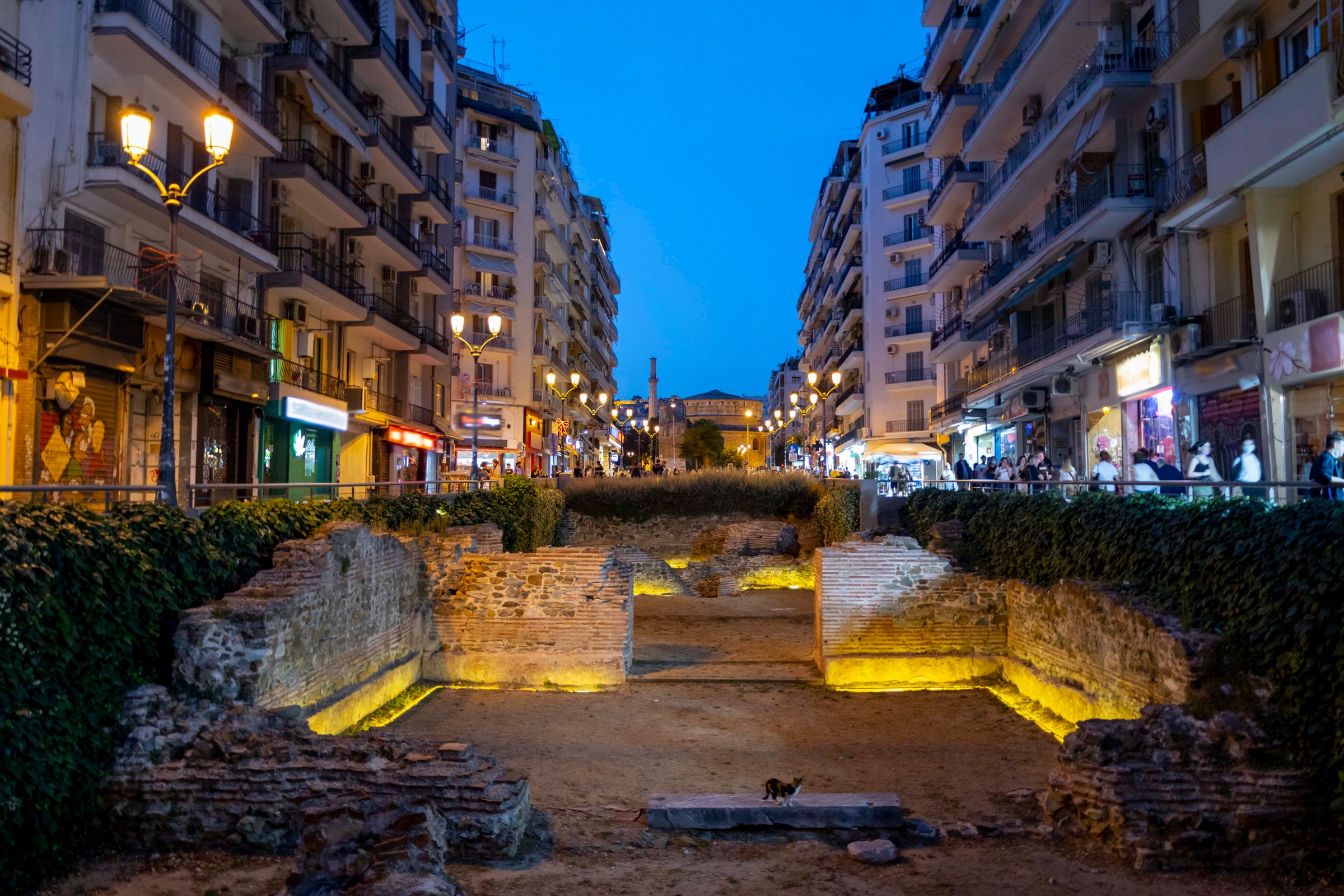
Historic Center of Thessaloniki
Historic Center of Thessaloniki
Historic Center of Thessaloniki
Friendly, beautiful, and with a multitude of cultural attractions, the second-largest city in Greece is located in its northernmost part. For over 2,000 years it has been a crossroads of cultures reflected in its spicy flavors with influences from the East, France, and the Balkans, as well as in its cosmopolitan atmosphere.
Historic Center of Thessaloniki Friendly, beautiful, and with a multitude of cultural attractions, the second-largest city in Greece is located in its northernmost part. For over 2,000 years it has been a crossroads of cultures reflected in its spicy flavors with influences from the East, France, and the Balkans, as well as in its cosmopolitan atmosphere. In its 2300 years of life, the second-largest city in Greece has received many waves of immigrants, raiders, and traders, but with an academic community of over 150,000 students, it has a unique youthful energy and innovative ideas. Thessaloniki is a city that is easy to walk and enjoy the sights and the excellent food. The area around Thessaloniki is one of the most fertile in Greece, with huge wealth in the production of local products and the sea is an important source of food in Thessaloniki. The city stretches around a coastline arch at the top of Thermaikos Gulf. The main area of interest for visitors is along the coast between the port and the emblematic monument of the city, the White Tower as well as in the area that rises internally parallel to the Roman-Byzantine walls of the city to the Upper Town. Relaxed and deeply historic, the second city is also the gateway to some of the most fascinating places in Northern Greece, but at the same time a remarkable destination in itself. Thessaloniki has long been the cultural capital of Greece. For a city of one million people, the number of monuments and museums is staggering: 15 UNESCO World Heritage Sites and 30 museums dedicated to archeology up to the Russian avant-garde. The Demetrius Festival, a long-lasting Art Festival, lasting 3 months and which was founded for the first time in the 4th century AD, was revived in 1966.
The Thessaloniki Biennale of Contemporary Art, held every two years from June to September, and the International Film Festival, a ten-day celebration of young filmmakers from around the world, every November, are 2 of the city's top political events. Thessaloniki has always been the basis of creation for young artists, but it is also cosmopolitan and sophisticated. Multiculturalism is not the city, a simple word, but, it is part of its identity. Until 1912, Thessaloniki was another stronghold of the Ottoman Empire, with multilingual inhabitants. However, much of the Ottoman character of Thessaloniki was destroyed when in 1917, a fire destroyed most of the city center. It was redesigned by the French urban planner Ernest Emprar, with the central square of the city, Aristotelous Square, being a typical example of the city’s latest design. This seaside square, with colonnades and cafes, is noisy and lively day and night. And on a sunny day, you can see the unique Olympus on the horizon. Trade and culture flourished, largely thanks to the city's large Jewish community until the Nazi occupation, where more than 50,000 Jews, a quarter of the city's population at the time, were transferred to concentration camps.
In the 20th c., the city had and continues to have the opportunity to be reborn and this is the key feature of Thessaloniki. The foggy sunsets, the spice stalls, the taverns in the bazaars, the traces of Byzantium, the grandeur, and the Ottoman era, all survive among the modern constructions covered with street art, define the mixture of historicity and urban culture, and are a trademark of Thessaloniki.


